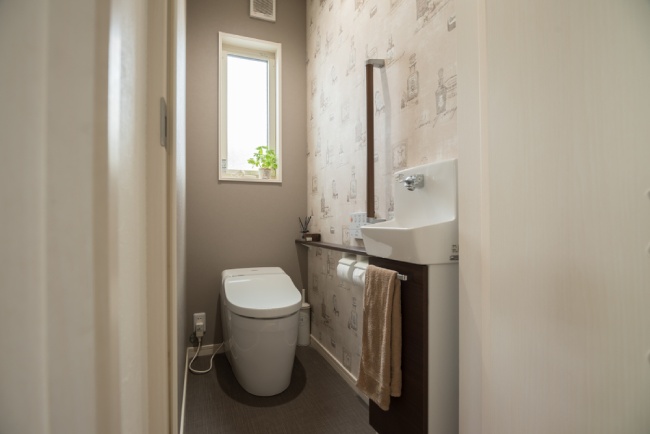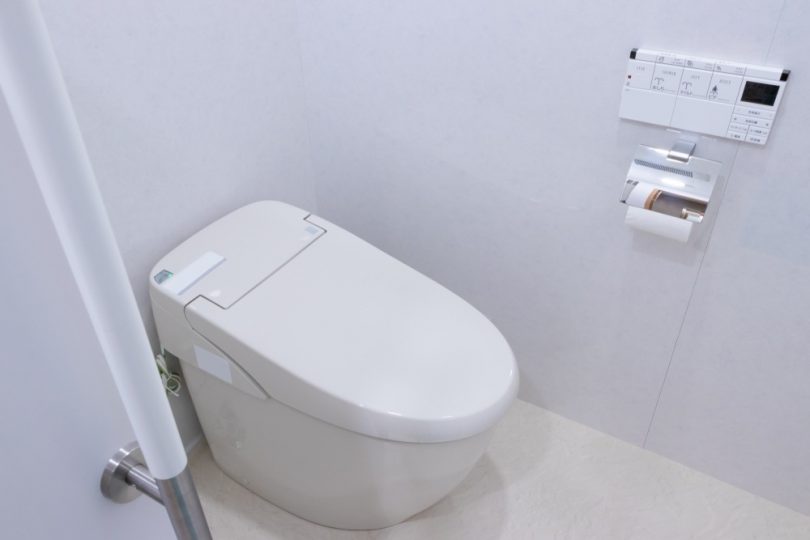Toilets accommodates tanks for frequent flushing facility, especially where there is a large crowd using that toilet. On the contrast, tankless toiles are used where the pressure is low.
However, these tankless toilets are capable enough to be used in commercial projects. There unique working principle and advanced features help them to become powerful and versatile.
Here we will focus on how these flush tankless works in different environments. We’ll also talk about different types of tankless toilets and which one you should pick if you’re interested. Hop on as we set on your journey to find you can benefit from installing tankless toilets.
Different Parts of a Tankless Toilet
Special valve
Instead of using gravity to flush away the water in the tanks like regular toilets with tanks, tankless toilets connect directly to the pipes using an electric pump to power the flush.
Usually, it is located in the bowl. The valve allows only a certain amount of water to enter the bowl when flushed and ensures that the toilet doesn’t overflow. The draining for tankless toilets however works similarly to a traditional toilet.
Flushometer
Since tankless toilets do not use tanks to flush away the remnants of the toilet bowl, it uses a Flushometer to serve that purpose.
Flushometer is the fixture where the water enters from the supply line at great pressure to force the waste through the drainage system. This fixture needs about 1.6 GPF of water pressure to function correctly. Some manufacturers even shoot for 0.8 GPF.
Pros & Cons of Using Tankless Toilets
Pros
- Powerful flush
- Depends on electricity
- Saves space & water
- Difficult to repair
- Environment friendly
Cons
- Expensive than traditional toilets
- Sleek design
- Noisy flush
- Fairly easy to clean
- Difficult to install
How Do Tankless Toilets Work?

1. Tankless toilets in commercial buildings
The most widely used tankless toilets in public are the urinals. The majority of urinals operate with the help of a valve that is metered with a diaphragm or a piston.
Impressively, the valve is designed in such a way that it automatically shuts after a flush cycle has been completed. No other computer or technology is used to regulate this activity.
For most models of the traditional flush-valve tankless toilets, there can be a degree of user control. Building owners can make small adjustments to flush volumes.
But in many countries, including the United States, the owners must act in accordance with the national standards for using water. Some features such as ‘hands-free flush technologies’ and ‘water –conservation devices’ can enhance the performance of these toilets.
In commercial settings, the function ality of all tankless toilet models work almost identically. Upon flushing, a valve opens a supply line to let a certain amount of water gush into the bowl.
According the U.S. Department of Energy, the current standard of water usage for urinals is 1 gallon or 3.80 liters
2. Tankless toilets in urban apartments
Residential tankless toilets that rely on the flush valve technology have minimal difference than those in public restrooms. Due to their high water pressure requirement, unfortunately they are less common in homes. New York is an exception in this case.
In big cities like the aforementioned, tankless toilets are popular in residential settings for their space-saving feature.
The more modern versions of these toilets are sleeker and have features like seat heating and self-cleaning systems
3. Flush-assisted tankless toilets
These toilets come in various stylish designs and modern mechanisms. Some work with computer-controlled valves to release water in stages and others run solely on electricity.
Will a Tankless Toilet be Good for You?
Deciding on whether to get a tankless toilet depends on a bunch of factors:
- Installing one of these toilets could damage the pipes of your bathroom and cost you extra
- Pipes must be bigger and stronger to withstand the high-powered flushing. A lot of pressure is exerted on the pipes during the process. So these toilets might not be suitable for old buildings
- It must be made sure that an electric power supply is present at the spot
- In areas prone to frequent power outages, tankless toilets will be useless when you need them the most
- The installation cost of these toilets are immensely high. The minimum cost is $1000 and can reach up to $5000
On the other hand,
- They require very little maintenance and make your bathroom look spacious
- There’s no need to worry about leaks
- If your building is low traffic and has a generator backup, you could go for it
- They’re candy for the eye and will serve you well in a small bathroom
FAQs
1. Can I flush a toilet without a tank?
Ans. Tankless toilets let you flush away the remnants as they are connected directly to the water supply and have a flushometer. They exert high pressure into the toilet bowl while making sure that only the adequate amount of water is released while flushing away.
2. How much water pressure is needed for a tankless toilet?
Ans. Flushometers in the tankless toilets require a pressure of 20 PSI to refill faster and create cleaner flushings repeatedly compared to their counterparts.








Leave a Comment